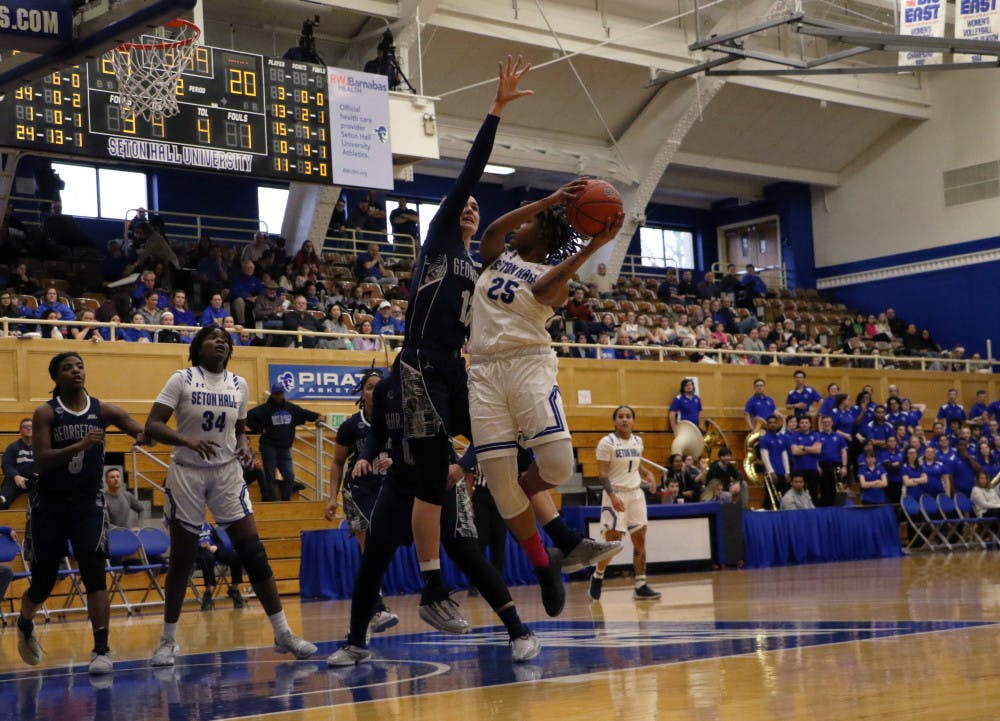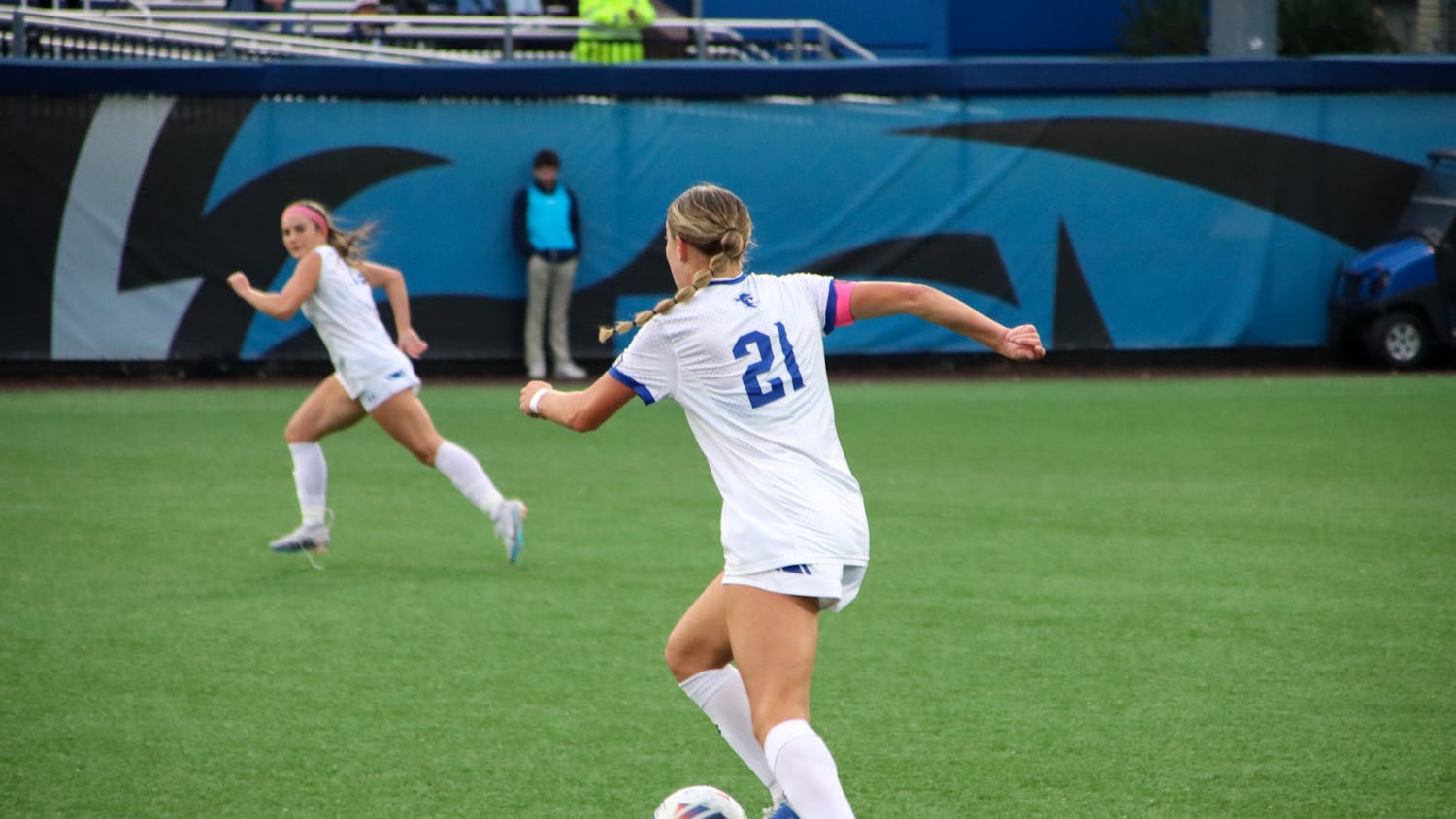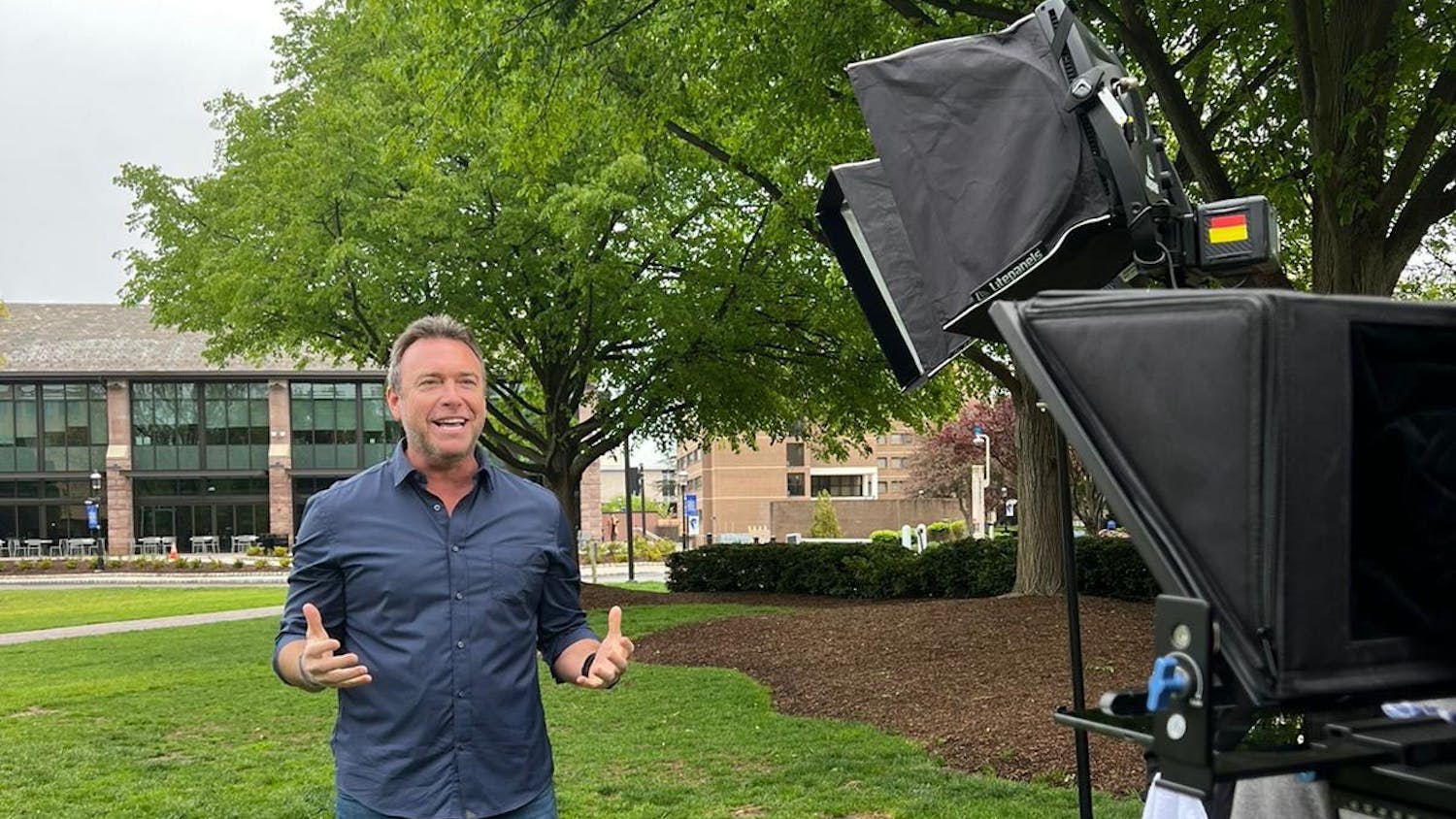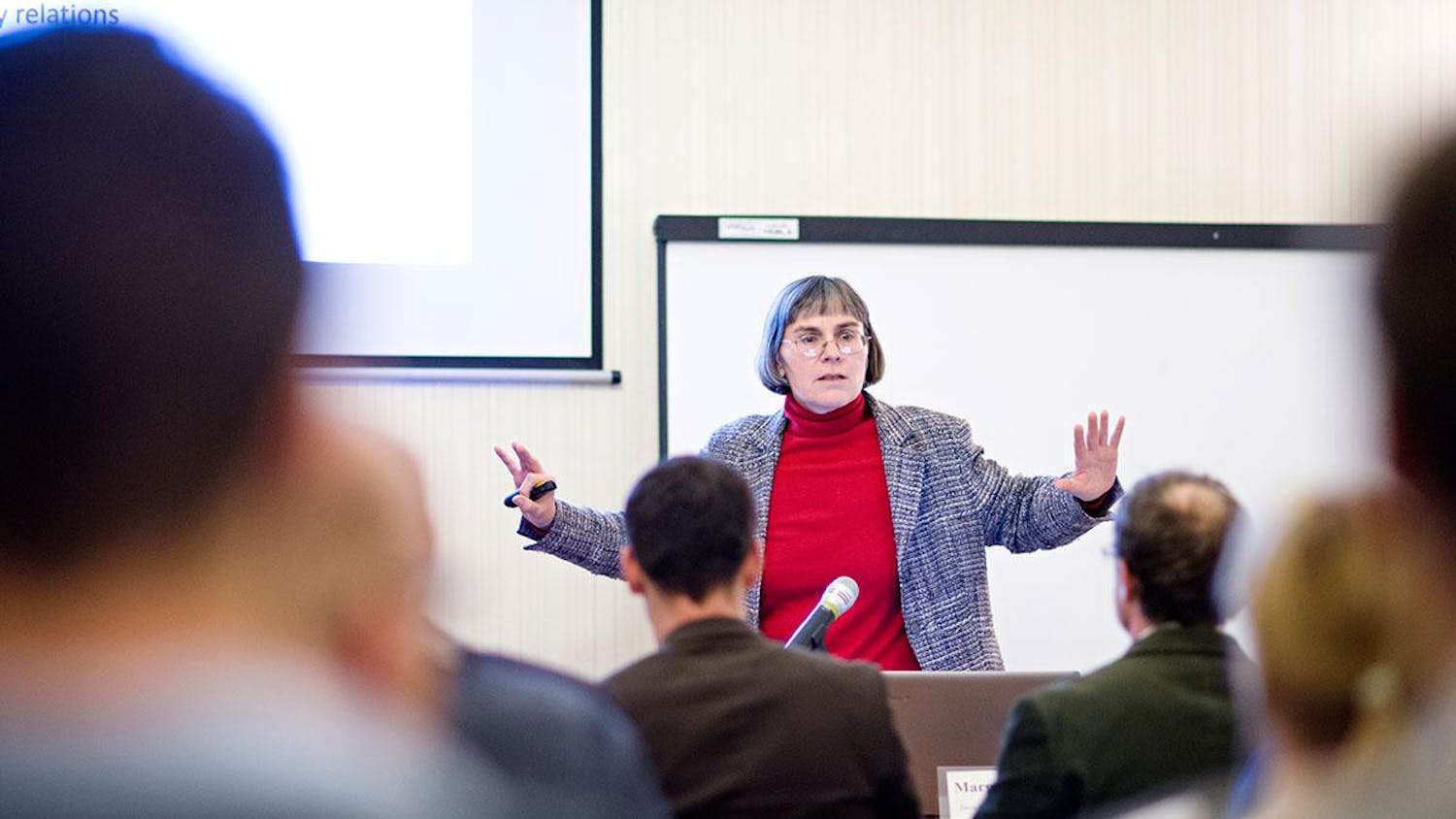Seton Hall University's campus is well known for its diversity. While some students are planning to celebrate Thanksgiving, the Muslim ones are getting excited to have their own Eid Ul-Adha celebration on Tuesday Nov.16.
Eid Ul-Adha, called the Feast of Sacrifice in English, is the second of the two major Muslim holidays. It falls on the 10th day of Duhl-Hijja, the last month in the Muslim calendar. The holiday does not have a fixed date because the Muslim calendar is a lunar one. Thus, Eid Ul-Adha, like other Muslim holidays, is based on the moon's fullness.
Each year, Eid Ul-Adha is celebrated 11 days earlier than the year before and about 70 days after Eid Al-Fitr, the other major Muslim holiday which marks the end of Ramadan, the month where healthy Muslims are required to fast from sunrise to sunset.
Eid Ul-Adha is a very significant holiday for Muslims because it is used to commemorate the prophet Abraham and his obedience to God. When God asked Abraham to sacrifice his son, Ishmael, both father and son were willing to do it. After God saw how obedient they were, he ordered Abraham to sacrifice a ram instead. Consequently, Muslims started slaughtering rams during Eid Ul-Adha.
They are required to donate some parts of the ram to the poor. As a result, the holiday is also an occasion for Muslims to demonstrate their generosity to their fellow brothers and sisters. Eid Ul-Adha tends to be celebrated over two days and all schools and public offices are closed on those days.
At Seton Hall University, Salaam, an organization advocating peace and religious tolerance as its Arabic name insinuates, is "the closest version of a Muslim Student Association" according to Zaynah Rashid, Salaam's president. She asserts that Seton Hall University is a diverse, tolerant campus which boasts of a large Muslim population. When organizing events, she also wants to cater to those who are not Muslim so they can learn more about the religion, the culture, and its people.
To celebrate Eid Ul-Adha, Rashid organized a girls' Henna Night on Tuesday Nov. 9th, 2010. In Muslim countries all over the world, women and young girls tend to get together the night before Eid Ul-Adha to celebrate, socialize, sing, dance, enjoy delicious food, and get henna done on their hands. Henna, which comes from a plant, is used to decorate hands on special occasions, including weddings and major holidays.
During Henna Night, Tahmina Malik, a junior who taught herself how to perform henna, decorated attendees' hands. The guests were delighted by the results. Apart from the henna, the food is also a major part of the celebration.
On Henna Night, sacrificing a ram was not possible. However, the alternative foods were equally delicious. There were samosas, triangular pastries stuffed with potatoes and peas, chick peas dipped in gravy, and chicken kebab. Ram meat is also used to make kebabs during Eid Ul-Adha. Arabic and Indian music was also played to add a pleasant vibe to the atmosphere.





